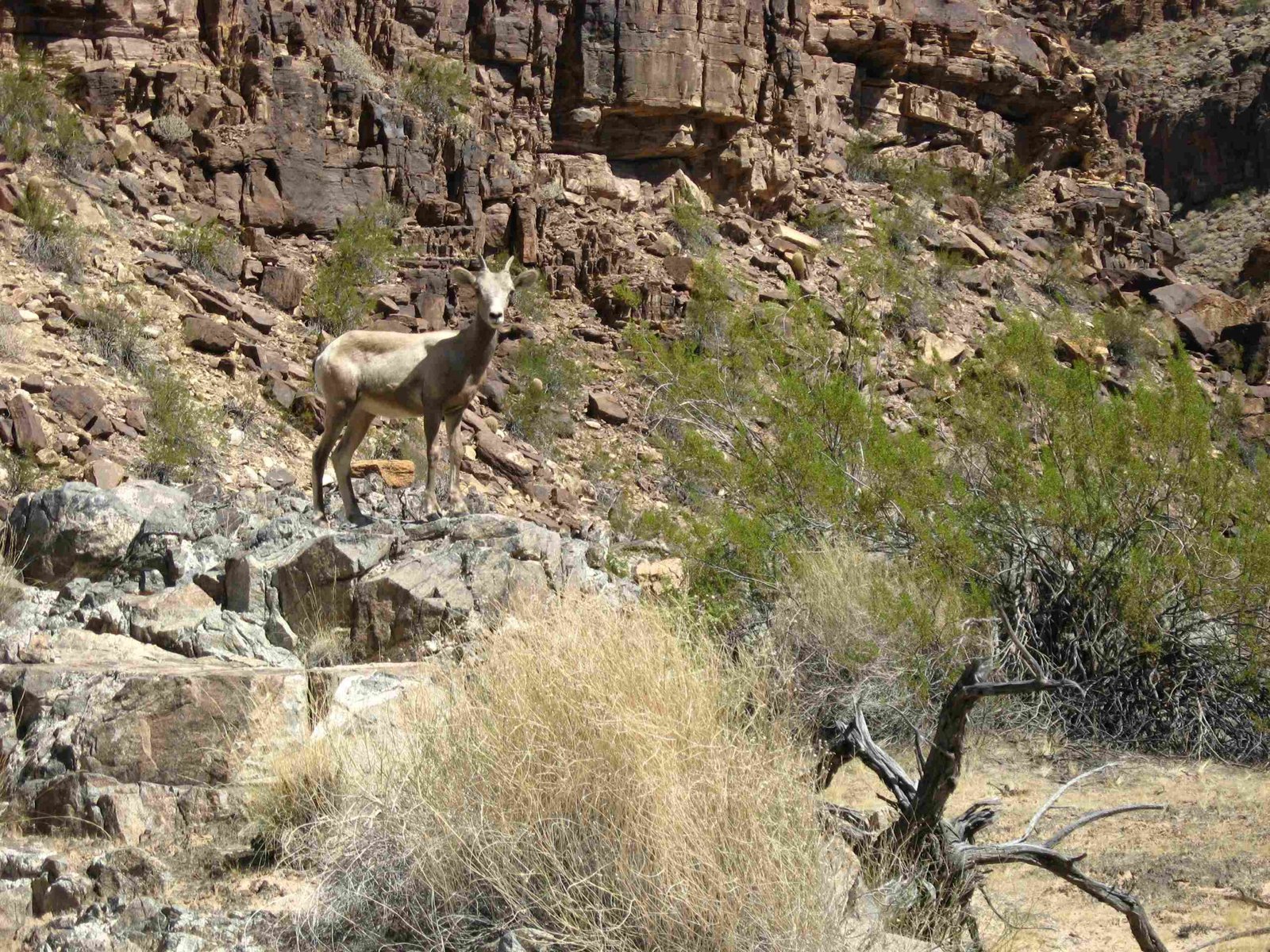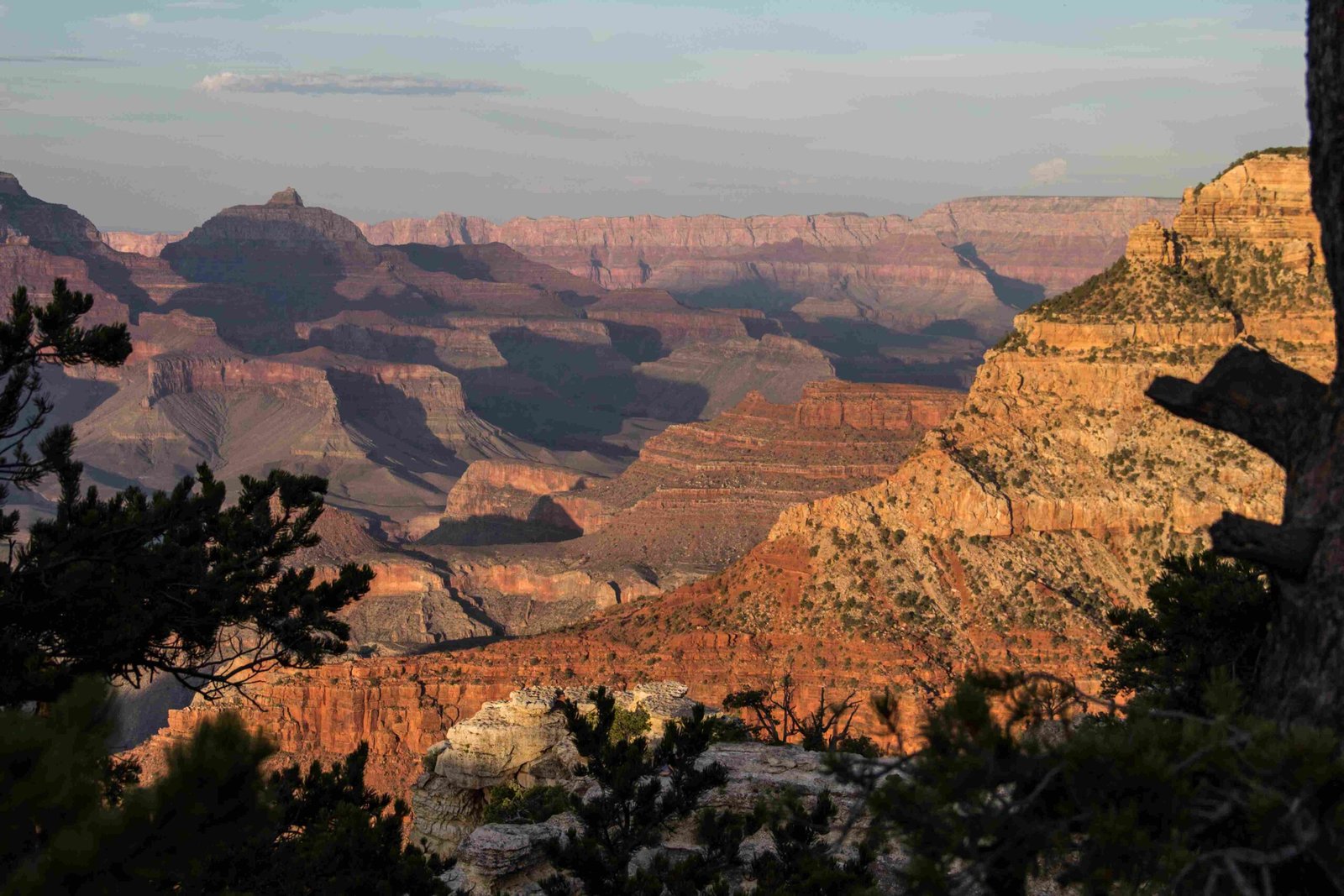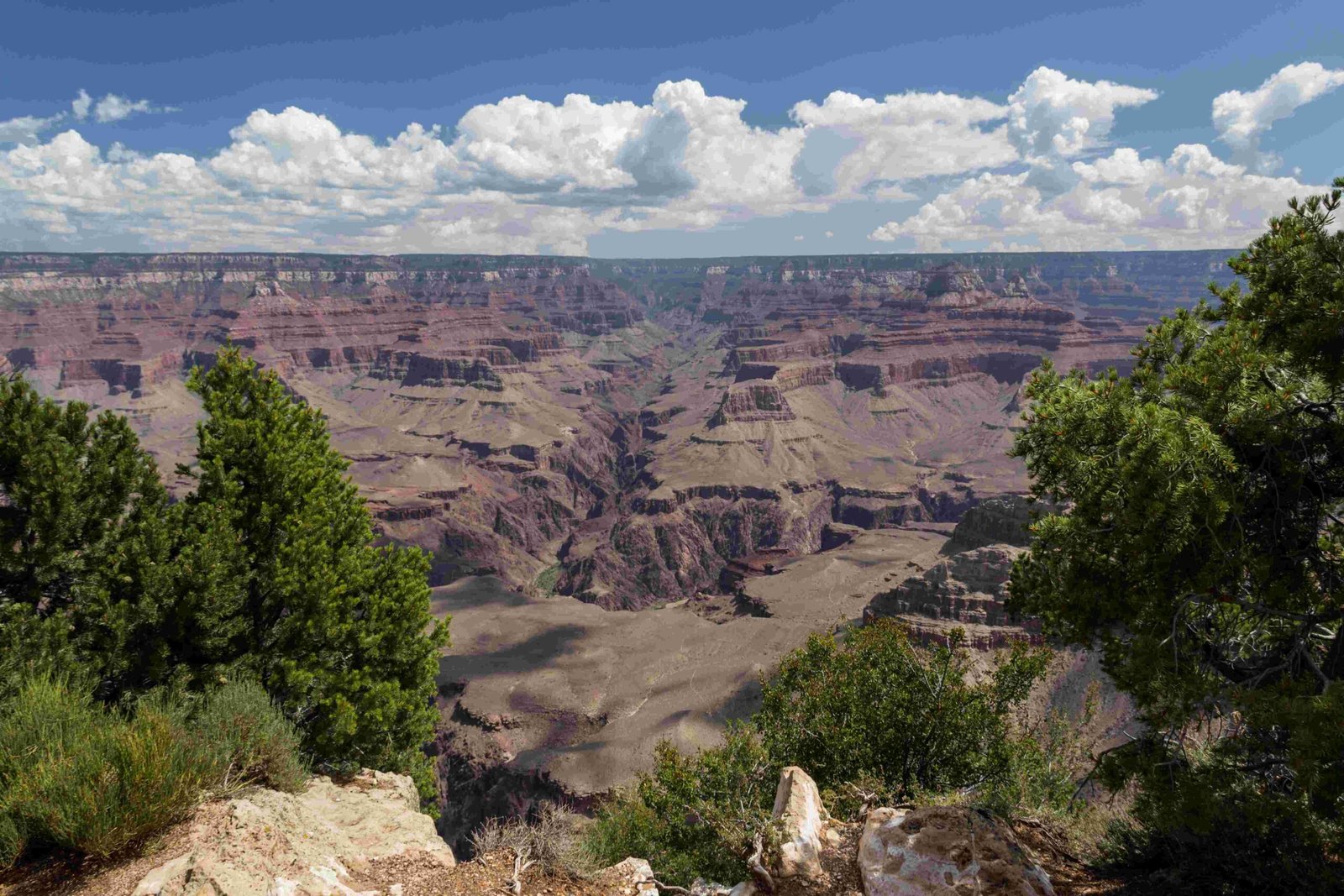The Lewis and Clark Expedition, a groundbreaking journey of exploration across the North American continent, did not traverse the Grand Canyon. Despite popular misconceptions, their historic route followed the Missouri River, crossed the Continental Divide, and reached the Pacific Ocean through a completely different geographical pathway, bypassing the iconic Arizona landmark entirely.
What Was the Actual Route of Lewis and Clark?

The Lewis and Clark Expedition, commissioned by President Thomas Jefferson in 1803, was a remarkable scientific and geographical exploration that covered approximately 8,000 miles. Their primary route included:
- Starting Point: Camp Dubois, Illinois
- Primary River Route: Missouri River westward
- Mountain Crossing: Continental Divide at Lemhi Pass
- Western Rivers: Clearwater, Snake, and Columbia Rivers
- Destination: Pacific Ocean near present-day Oregon
Why Did They Not Cross the Grand Canyon?
| Geographic Reason | Explanation |
|---|---|
| Location Mismatch | Grand Canyon located in Arizona |
| Expedition Path | Followed northern route through Montana, Idaho, and Oregon |
| Geographical Barriers | Rugged mountain ranges and river systems diverted their course |
What Challenges Did They Actually Encounter?

The expedition faced numerous significant challenges that were far more complex than potential Grand Canyon navigation:
- Treacherous River Rapids
- Navigating unpredictable water currents
- Portaging boats around dangerous sections
-
Managing limited transportation resources
-
Mountain Pass Crossings
- Lemhi Pass in the Rocky Mountains
- Lolo Pass in challenging terrain
-
Extreme elevation changes
-
Native American Interactions
- Negotiating safe passage
- Establishing trade relationships
- Gathering critical geographical information
How Did Their Expedition Impact Geographical Understanding?
Lewis and Clark’s journey significantly expanded American geographical knowledge by:
- Mapping previously unexplored western territories
- Documenting diverse ecosystems
- Establishing diplomatic relationships with Native American tribes
- Providing detailed scientific observations of flora and fauna
Expedition Resources and Support
- Initial Budget: $2,500 from U.S. Government
- Team Size: Approximately 33 members
- Duration: May 1804 – September 1806
- Key Leaders: Meriwether Lewis and William Clark
What Myths Surround Their Expedition?
Several misconceptions persist about the Lewis and Clark journey, including the Grand Canyon myth. Their actual route was a complex, carefully planned scientific expedition that prioritized:
- Geographical documentation
- Resource mapping
- Diplomatic engagement
- Scientific discovery
Final Geographical Perspective
The Lewis and Clark Expedition represents a pivotal moment in American exploration, demonstrating remarkable navigational skills and scientific curiosity. While they did not cross the Grand Canyon, their journey was no less extraordinary, covering unprecedented terrain and expanding national understanding of western landscapes.
References:
1. Lewis & Clark Trail – Adventure Cycling Association
2. Lewis and Clark Expedition – Wikipedia
3. Lewis & Clark National Historic Trail

